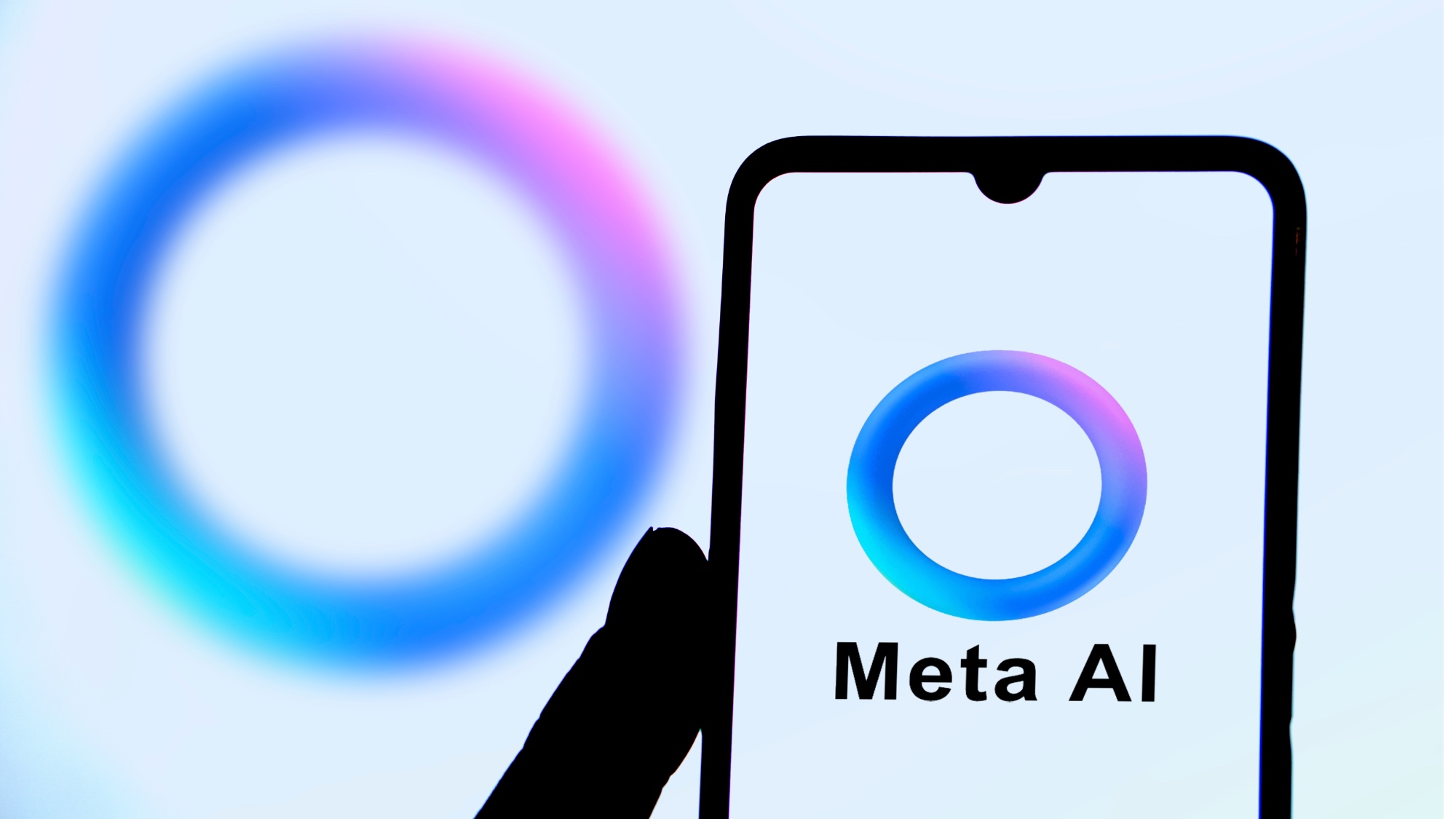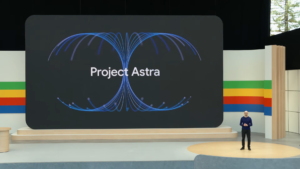Understanding Meta AI: A Comprehensive Guide

Overview of Meta AI
Meta AI is changing the way we engage with some of the most popular social media platforms globally. Created by Meta, the parent company of Facebook, Instagram, and WhatsApp, this AI tool is now available in over a dozen countries at no cost. Its primary aim is to make artificial intelligence accessible to a large audience.
Features of Meta AI
Integration with Meta Products
Meta AI utilizes the open-source Llama 3.2 model and operates seamlessly across Meta’s ecosystem. Users can create, interact, and benefit from AI-driven content through familiar platforms like Facebook and Instagram. Notably, Meta AI is also integrated into devices such as Ray-Ban smart glasses.
User-Friendly Design
Meta AI offers a standalone chatbot at meta.ai, enabling users to interact via text or voice. This voice mode supports various functions, including image editing and data retrieval. The system is designed for ease of use, making it approachable for individuals without technical skills.
Advanced Technology
Meta AI is built on robust technological infrastructure, employing sophisticated machine learning algorithms and natural language processing (NLP) techniques. This enables the generation of text, conversation, images, and even video content.
User Statistics and Engagement
During the recent Connect event, CEO Mark Zuckerberg announced that Meta AI had already reached 400 million active users each month, a number expected to grow following its global rollout.
How Meta AI Works
When users provide a prompt, Meta AI generates responses based on extensive datasets on which it has been trained. Users can communicate with Meta AI either by typing or speaking a question. The AI then offers informative and engaging conversational responses, as well as visual content.
A Familiar Experience
For those already familiar with messaging apps like WhatsApp or Facebook Messenger, using Meta AI will feel intuitive. The seamless integration within these platforms enriches the user experience as they connect and share AI-generated content.
Limitations of Meta AI
Despite its impressive functionalities, Meta AI is not without flaws. The reliability of the content it generates depends on the quality of the datasets it has been trained on, which can sometimes lead to inaccuracies or biased outputs. Users should be cautious as AI may produce misleading information.
Additional Capabilities
Meta AI is comparable to leading platforms such as OpenAI’s ChatGPT and Google’s Gemini but also offers unique features:
- Image Generation: Users can create images using text prompts, similar to DALL-E. To initiate an image generation, simply type “imagine/” followed by the description.
- Voice Interaction: Besides text, users can interact with Meta AI using voice commands, allowing for real-time conversations that feature various celebrity voice clones.
- Video Creation: A distinctive feature not available in other AI models, users can turn AI-generated images into short videos suitable for sharing on social media.
Addressing Concerns
Safety and Bias Issues
As AI tools become mainstream, concerns regarding safety, misinformation, and bias intensify. Meta AI has faced scrutiny over potential misuse, including creating fake news and biased content. Despite implementing content moderation mechanisms, the risk of exploitation remains high.
Ethical Considerations
Like other AI systems, Meta AI is susceptible to biases present in the data used for training. Ensuring unbiased and accurate outputs is crucial for its long-term acceptance and effectiveness.
Competitors in the AI Space
Meta AI faces competition from various other AI platforms, each with distinctive features:
- OpenAI’s ChatGPT: Known for its proficiency in conversational AI and content generation.
- Google’s Gemini AI: Renowned for its advanced NLP capabilities and integration with Google’s ecosystem.
- Claude by Anthropic: Focuses on privacy and offers high accuracy in processing long documents.
Exploring Various AI Tools
Engaging with Meta AI along with its competitors can provide users with a broader perspective on what AI can do for various tasks. Each platform presents unique tools and applications, making it worthwhile to explore multiple options.






